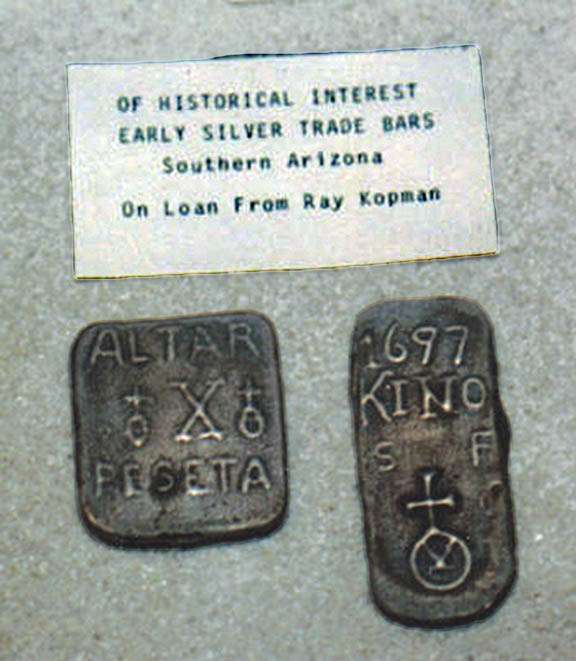Colorado Mine Hunter
Jr. Member
I am relatively new to the forum so please forgive a newbie for asking questions that are probably common knowledge among you 'old timers', the answers to which are probably buried in the depths of the forum archives. I would like to ask them here again however in hopes that I could not only save mucho hours of reading but also have the latest thinking on the subjects.
First question: I have noticed that a number of the many maps to the LDM seem to highlight the line of alignment between Weavers Needle and 4 Peaks. This is true of some of the older maps as well as recent maps (such as the topographical map of Peter's Mesa on page 170 of Corbin's book The Bible on the Lost Dutchman Gold Mine and Jacob Waltz. I assume this is a line-of-sight, as-the-crow-flies alignment. Can somone enlighten me as to what the claimed significance of this alignment is? Is the location of the LDM supposed to occur somewhere along this line? Or is it of other significance?
Next question: In reference to the same map referenced above, does anyone know who did the mark-up additions on this map? Corbin, Kollenborn, or other? Also, what do the numerous dots represent that are drawn onto the USGS base map? Are they locations where fragments of ore or other artifacts have been found or are they of other significance?
Last question: Is there fairly common agreement on which canyon it is that is described in the old Mexican directions handed down to us as 'Canyon Fresco'? If so, what is the name today?
Thanks in advance for any help you can give.
Colorado Mine Hunter
First question: I have noticed that a number of the many maps to the LDM seem to highlight the line of alignment between Weavers Needle and 4 Peaks. This is true of some of the older maps as well as recent maps (such as the topographical map of Peter's Mesa on page 170 of Corbin's book The Bible on the Lost Dutchman Gold Mine and Jacob Waltz. I assume this is a line-of-sight, as-the-crow-flies alignment. Can somone enlighten me as to what the claimed significance of this alignment is? Is the location of the LDM supposed to occur somewhere along this line? Or is it of other significance?
Next question: In reference to the same map referenced above, does anyone know who did the mark-up additions on this map? Corbin, Kollenborn, or other? Also, what do the numerous dots represent that are drawn onto the USGS base map? Are they locations where fragments of ore or other artifacts have been found or are they of other significance?
Last question: Is there fairly common agreement on which canyon it is that is described in the old Mexican directions handed down to us as 'Canyon Fresco'? If so, what is the name today?
Thanks in advance for any help you can give.
Colorado Mine Hunter


 )?
)?


 ?
?

